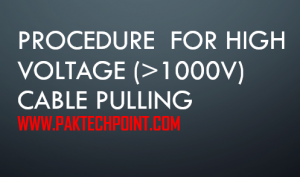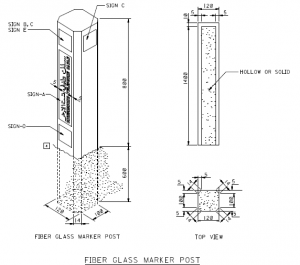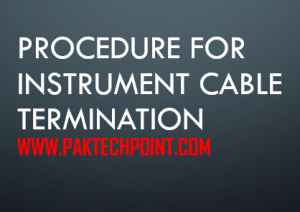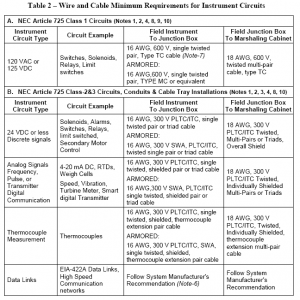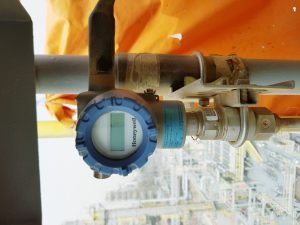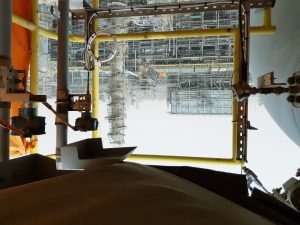TOOLS AND EQUIPMENT HIGH VOLTAGE CABLE PULLING
Tools and equipment needed should be in good condition and must be checked by Supervisor / Safety Engineer prior to use in the construction area. These includes but not limited to:
- Crane
- Boom Truck
- Multi-meter
- Flat Bed Truck
- Cable Pulling Machine
- Cable Reel Stand
- Cable Roller
- Electrical Hand Tools
- Cable Pulling Swivel
- Hand Shovel
- Cable Termination Tools (For 3kV~14.6kV and 35kV)
- Cable Termination Kits (For 3kV~14.6kV and 35kV)
- Splicing Kit (For 3kV~14.6kV and 35kV)
- Set of Nylon Ropes
- Wire Basket
- Wheel Barrow
PROCEDURE FOR HIGH VOLTAGE (>1000V) CABLE PULLING
- All permanent and consumable materials shall be prepared prior to installation.
- Manpower, equipment, tools and other logistics shall be prepared and ready for installation.
- Suncontractor shall verify the trench and/or duct banks in correct routing, depth, and with readied sand bedding prior to cable installation.
- Ensure that all pertinent drawings and documents like the Cable Schedule for Plant Loads, Electrical Cable Schedule, Cable Drum Schedule, Layout of Main Cable Way, Duct Bank Layout (Cable Route), Cable Trench and Duct Bank Cross-Sections, Junction Box, Electrical Equipment Location/Plans, Substation/Control Room Layout, Conduit Stub-Up Drawings, Cable/Conduit Layout, Electrical Tie-Ins/Interface Drawings and One Line/Schematic Diagrams that will be used for construction and cross referencing in the cable pulling activity are of approved for construction and latest revisions.
- Insure the cable tray or conduit is inspected prior to cable pulling.
- Where cables are pulled in conduits or cable trays, cables should be free from foreign debris, cuts or damage.
- Ensure that work permit is prepared and secured. Safety concern and precautions are being complied and discuss with the crew.
- Prior to cable pulling, double check the following:
-
- Cable drum number
- Cable specification
- Cable size
- Cable type
- Cable Schedule
- Interconnection Diagram
- Cable Route
- Cable Drum Schedule
- Prior to start cable pulling, the following resources shall be prepared:
- Fabricated special tools for cable pulling like cable roller for corners, intended for all cable size, in addition, for large size cable, cable rollers at straight part shall also be provided.
- Cable stand for heavyweight cable, minimum of 20 tons capacity with solid shafting shall be available for deployment.
- Lightweight cable stand shall also be available for deployment.
- Cable roller shall be available for deployment. It shall be placed at a maximum distance of 2 meters.
- Information board shall be available and placed.
- Hand tools for uncrating of cables from cable drum like: bulk hammer, hack saw, cable cutter, claw bar, electrical flier and big screw driver.
- Shovel, wheelbarrow, empty socks (sand bagging).
- Masking tape, transparent tape, permanent marker pen, and ordinary electrical tape.
- Nylon rope ¼” and ½” diameter, warning tape, signage stating (cable pulling on progress).
- Physical barricade (scaffolding tube), stair ladder at trench for temporary access.
- Mega phones, two way radio communication, signal flag (green and red).
- Cable puller winch machine diesel driven (known as cable tagger) with operator.
- Availability of manpower which is enough to accommodate the long trench or tray, cable arrangement, cable drum rolling driver, cable tag markings, taping cable ends, securing cable wire net basket and housekeeping.



